Race Day Live Florida will conduct a statewide tornado drill at 10 a.m. on Wednesday as part of Severe Weather Awareness Week.
This drill is important because it helps residents prepare for real tornado situations. Even though it’s just a practice run, in an actual emergency, people need to listen for tornado watches and warnings to stay safe.
The drill is a chance for Floridians to test their emergency plans. Being prepared can make a huge difference in saving lives.
Schools, private institutions, preschools, and daycare centers are encouraged to participate. The tornado warning will be broadcast on NOAA Weather Radio as part of a weekly test.
A tornado watch and a tornado warning are different. A tornado watch means that conditions are right for tornadoes and severe storms, but it doesn’t mean a tornado has formed.
A tornado warning means that a tornado has been spotted or detected on radar, and people should take cover immediately.
Severe thunderstorms are defined by winds of 58 mph or higher and hail at least 1 inch in diameter.
A tornado warning is much more serious than a tornado watch. If a warning is issued, you should seek shelter right away.
If there’s a tornado watch, it’s a good time to review emergency plans, check supplies, and be ready in case a warning is issued.
Read More:
- Rain Expected Midweek in Arkansas, Sunshine and Warmth to Return by Saturday
- High Wind Warning in Effect for Tucker County, West Virginia: Gusts Up to 60 MPH Expected
If a tornado warning is issued, you should take cover immediately. The National Weather Service gives these safety tips:
- Stay alert: Keep listening to local news or NOAA Weather Radio for updates on tornado watches and warnings.
- At home: Go to a basement, safe room, or an interior room without windows. Bring pets if you can.
- At work or school: Follow the tornado drill instructions and move to a shelter location calmly. Stay away from windows and avoid large open spaces like cafeterias or gyms.
- Outdoors: Find shelter in a sturdy building immediately. Mobile homes, sheds, and storage units are not safe. If you can, move to a safer place before the tornado arrives.
- In a vehicle: Cars are not safe during tornadoes. If possible, drive to the nearest shelter. If you can’t get to a building, stay in your car, cover your head, or move to a low-lying area like a ditch and protect yourself.
One of the biggest signs of a tornado is the loud, roaring noise it makes, similar to a train or rumbling.
If you hear this sound, take cover right away. Preparing for tornadoes through drills like this one can help save lives by teaching people what to do in an actual emergency.
Disclaimer- Our team has thoroughly fact-checked this article to ensure its accuracy and maintain its credibility. We are committed to providing honest and reliable content for our readers.



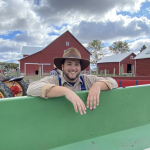




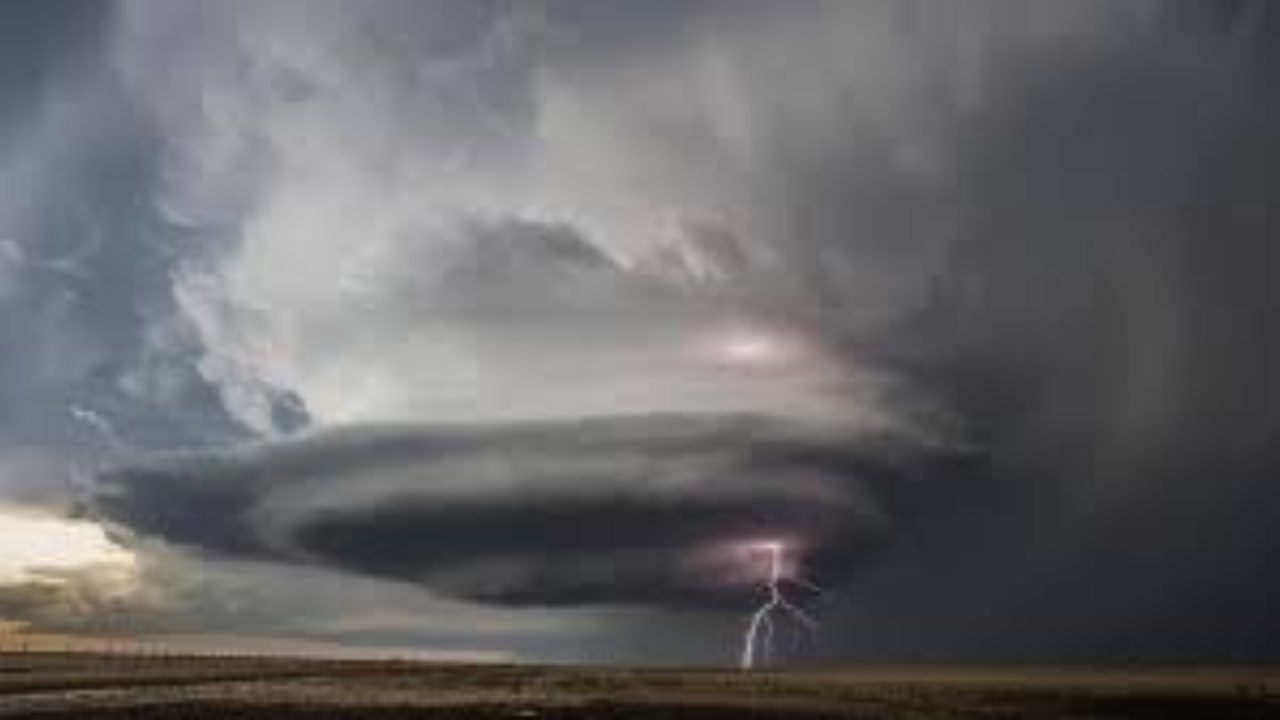
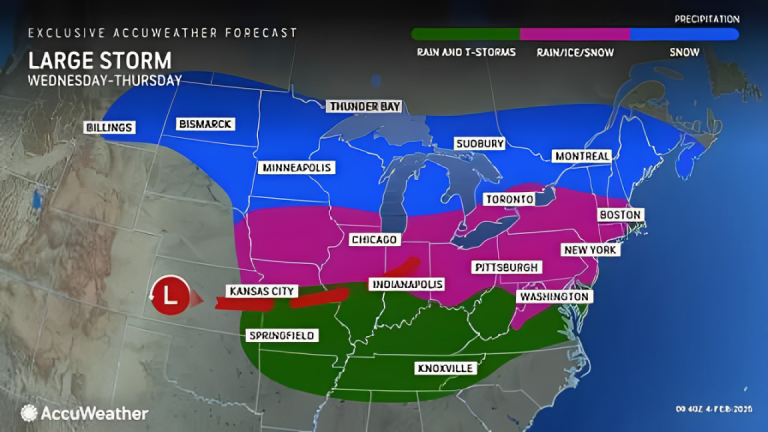

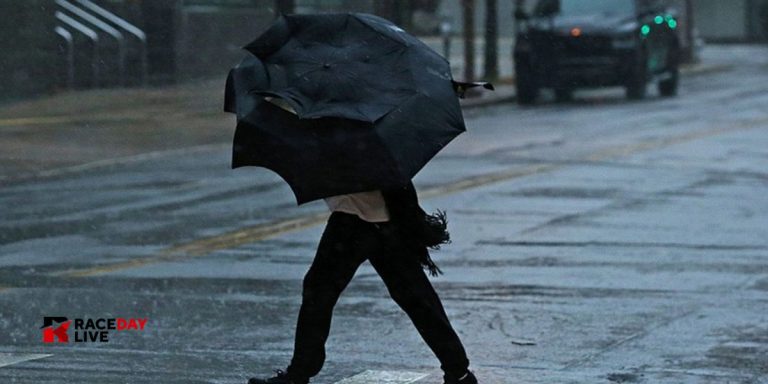


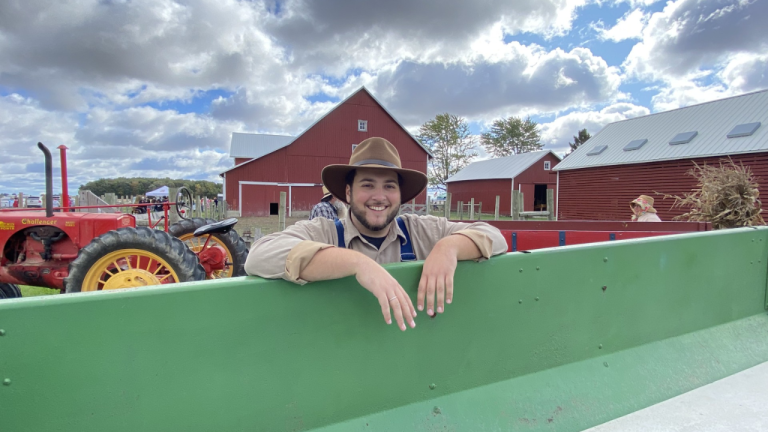










+ There are no comments
Add yours